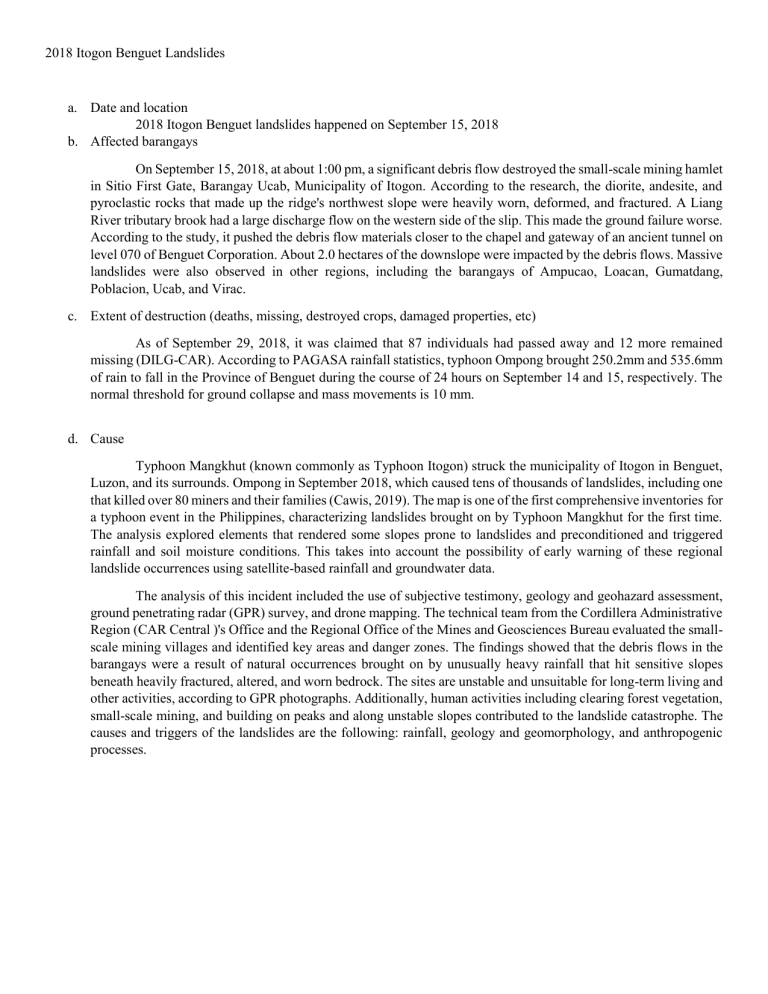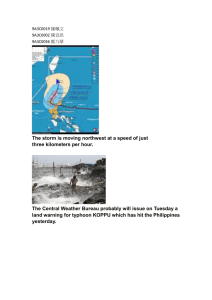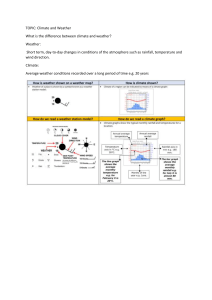
2018 Itogon Benguet Landslides a. Date and location 2018 Itogon Benguet landslides happened on September 15, 2018 b. Affected barangays On September 15, 2018, at about 1:00 pm, a significant debris flow destroyed the small-scale mining hamlet in Sitio First Gate, Barangay Ucab, Municipality of Itogon. According to the research, the diorite, andesite, and pyroclastic rocks that made up the ridge's northwest slope were heavily worn, deformed, and fractured. A Liang River tributary brook had a large discharge flow on the western side of the slip. This made the ground failure worse. According to the study, it pushed the debris flow materials closer to the chapel and gateway of an ancient tunnel on level 070 of Benguet Corporation. About 2.0 hectares of the downslope were impacted by the debris flows. Massive landslides were also observed in other regions, including the barangays of Ampucao, Loacan, Gumatdang, Poblacion, Ucab, and Virac. c. Extent of destruction (deaths, missing, destroyed crops, damaged properties, etc) As of September 29, 2018, it was claimed that 87 individuals had passed away and 12 more remained missing (DILG-CAR). According to PAGASA rainfall statistics, typhoon Ompong brought 250.2mm and 535.6mm of rain to fall in the Province of Benguet during the course of 24 hours on September 14 and 15, respectively. The normal threshold for ground collapse and mass movements is 10 mm. d. Cause Typhoon Mangkhut (known commonly as Typhoon Itogon) struck the municipality of Itogon in Benguet, Luzon, and its surrounds. Ompong in September 2018, which caused tens of thousands of landslides, including one that killed over 80 miners and their families (Cawis, 2019). The map is one of the first comprehensive inventories for a typhoon event in the Philippines, characterizing landslides brought on by Typhoon Mangkhut for the first time. The analysis explored elements that rendered some slopes prone to landslides and preconditioned and triggered rainfall and soil moisture conditions. This takes into account the possibility of early warning of these regional landslide occurrences using satellite-based rainfall and groundwater data. The analysis of this incident included the use of subjective testimony, geology and geohazard assessment, ground penetrating radar (GPR) survey, and drone mapping. The technical team from the Cordillera Administrative Region (CAR Central )'s Office and the Regional Office of the Mines and Geosciences Bureau evaluated the smallscale mining villages and identified key areas and danger zones. The findings showed that the debris flows in the barangays were a result of natural occurrences brought on by unusually heavy rainfall that hit sensitive slopes beneath heavily fractured, altered, and worn bedrock. The sites are unstable and unsuitable for long-term living and other activities, according to GPR photographs. Additionally, human activities including clearing forest vegetation, small-scale mining, and building on peaks and along unstable slopes contributed to the landslide catastrophe. The causes and triggers of the landslides are the following: rainfall, geology and geomorphology, and anthropogenic processes. References: Triggers and Causes of the Landslide in Itogon, Benguet. (n.d.). Retrieved October 7, 2022, from https://www.philippine-resources.com/articles/2019/3/triggers-and-causes-of-the-landslide-in-itogonbenguet The role of geomorphology, rainfall, and soil moisture in the occurrence of landslides triggered by 2018 Typhoon Mangkhut in the Philippines. (2020, August 25). Nhess.Copernicus.Org. Retrieved October 7, 2022, from https://nhess.copernicus.org/preprints/nhess-2020-259/nhess-2020-259.pdf





